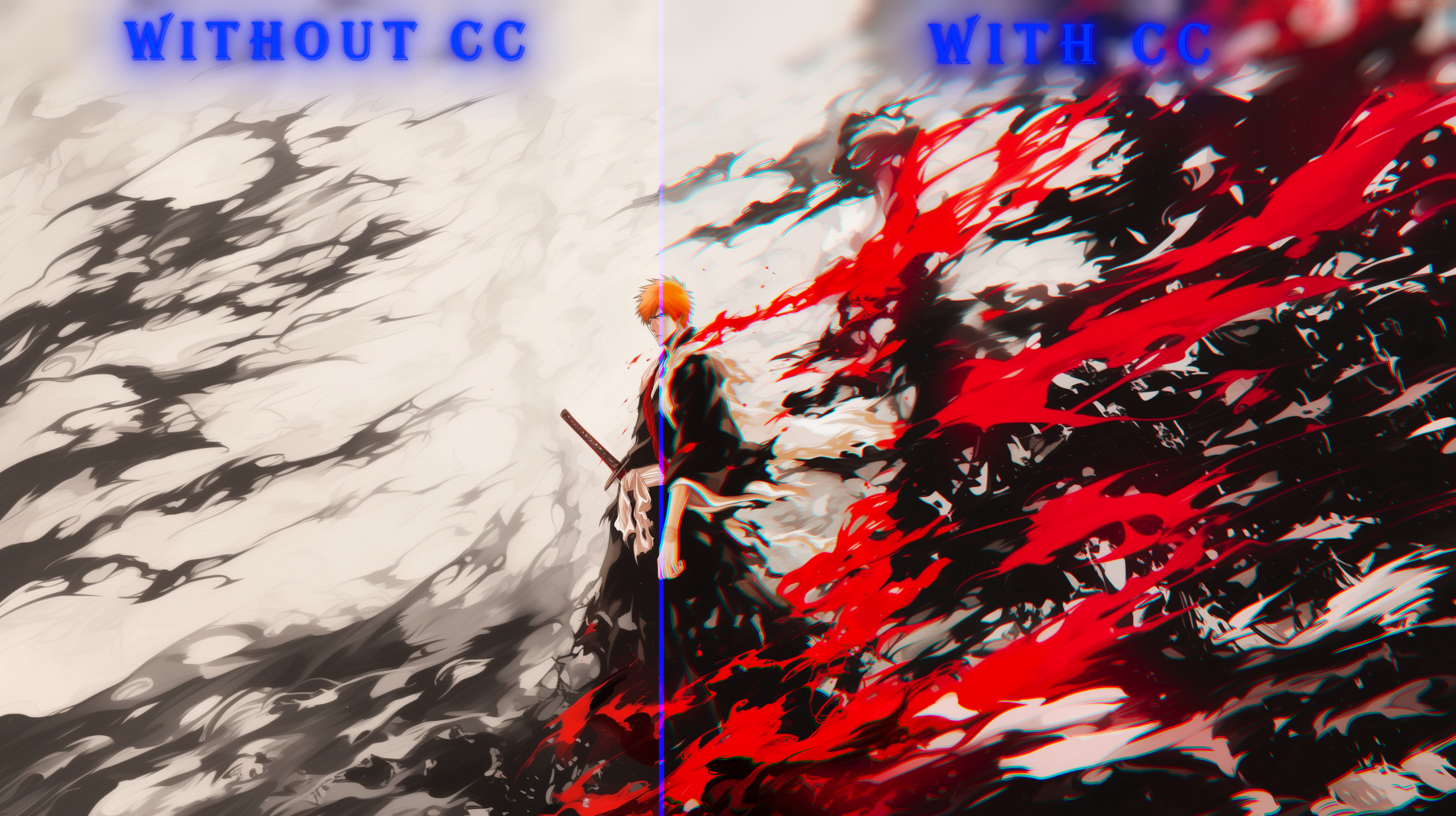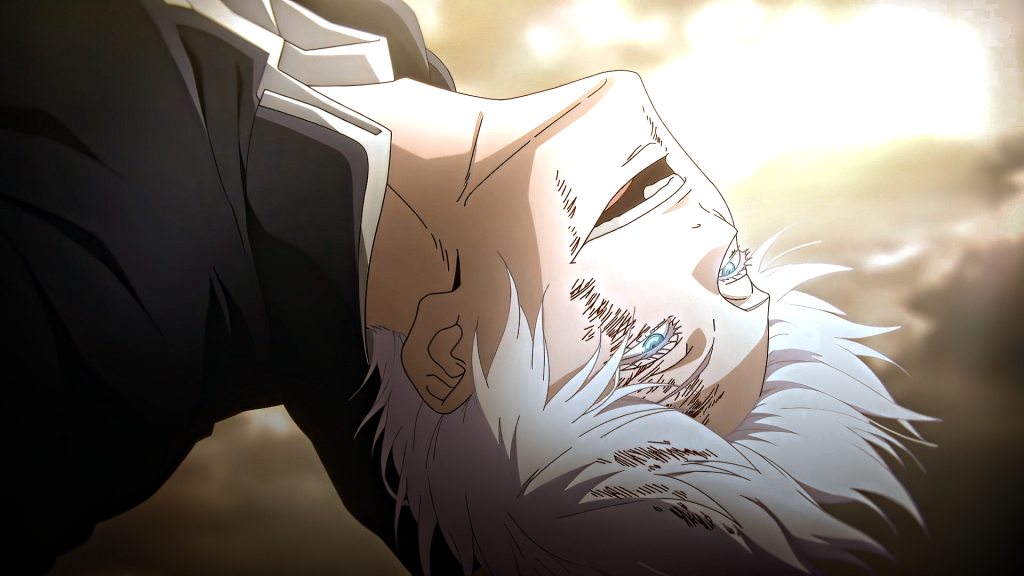
- What is Color Correction?
Color correction is an integral part of the video editing process that makes raw footage become a polished, visually appealing body of work. Whether editing a live-action movie, an advertisement, or an anime, color correction makes the colors of your images not just accurate but appealing as well. By tweaking colors, contrast, brightness, and saturation levels, editors get the ideal look for their projects. Color correction is imperative in the realm of anime editing as well because colors establish the tone, the emotion, and the atmosphere of the scene, introducing depth and veracity into the animation.
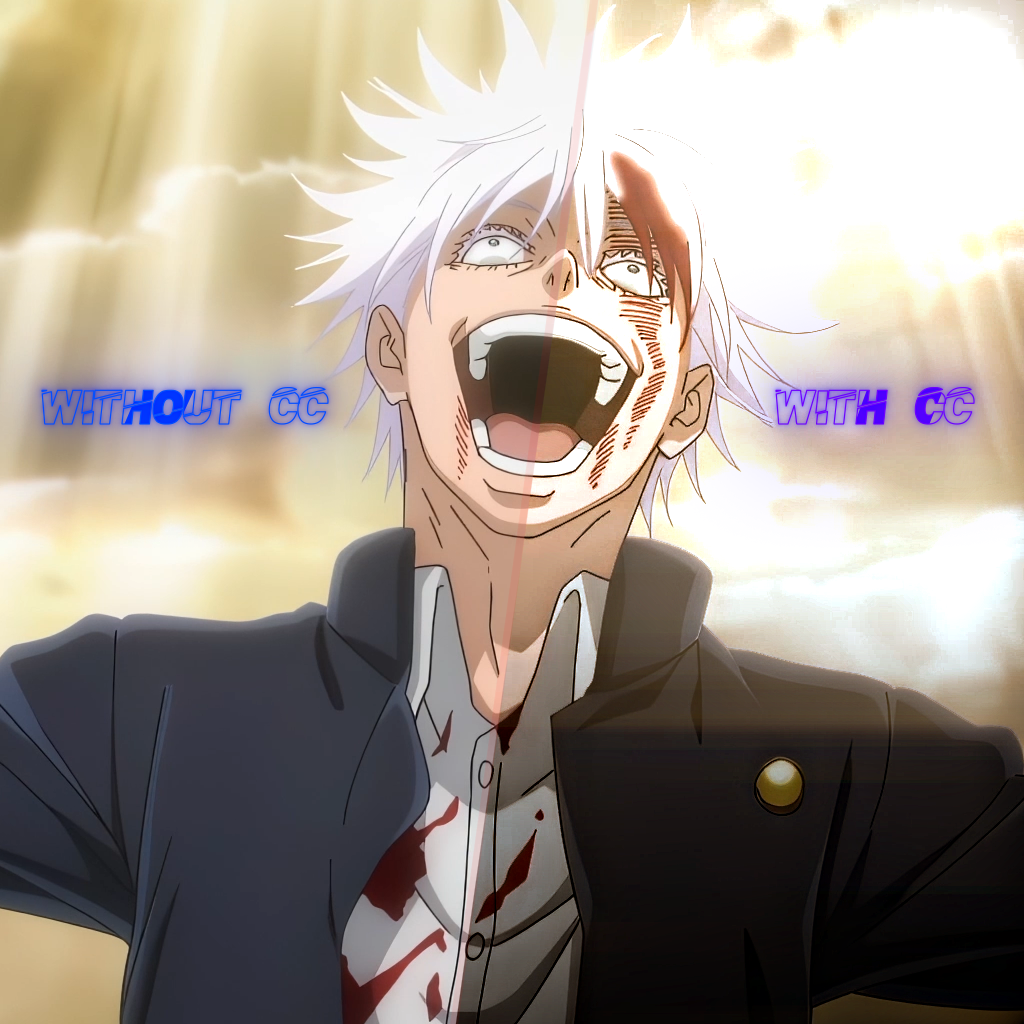
- Color Correction in Anime
In anime color correction is extremely vital in ensuring continuity across episodes and series. Anime has highly stylized color schemes with emphasized tones and contrasts that reflect the emotive qualities of the scene and the emotions of the character. For instance, bright oranges and reds might indicate passion or danger, and cool greens and blues might indicate calmness or sorrow. Color correction ensures that such colors stay stable throughout the production, and each scene looks cohesive and professional. From altering skin tones, the overall setting, or light effects, color correction keeps the audience engaged with the narrative.
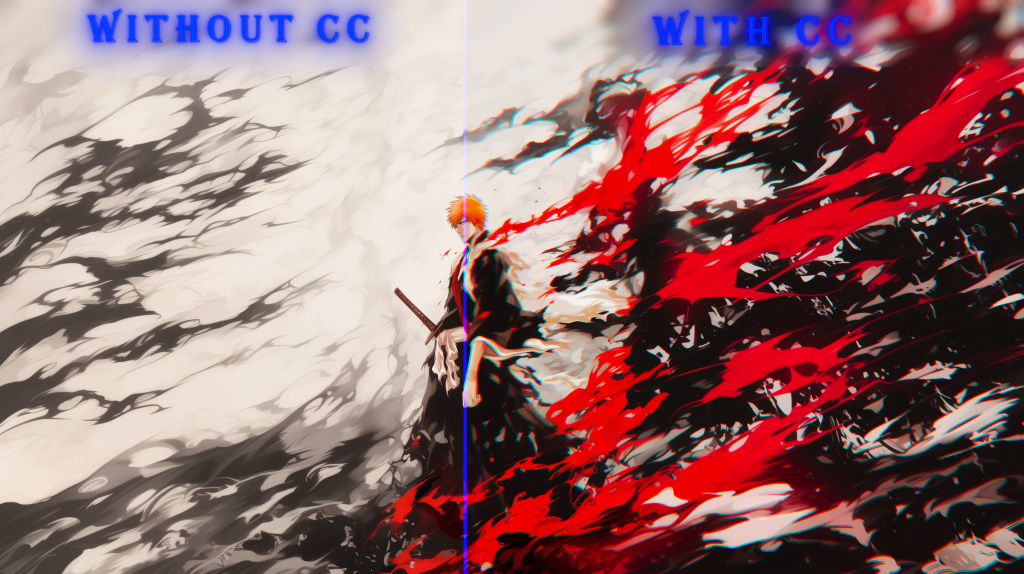
- Why It Is Crucial in Every Video Editing
Aside from anime, color correction is equally desirable in all the other contexts of video editing. To filmmakers, the appropriate color grading makes a significant difference in the quality and the attitude of a scene. To music videos, it ensures the images match the energy of the song. To commercials, it brings focus on the most important product or the desired emotions. A properly color-graded sequence instantly brings a sense of nostalgia, excitement, or tension to the play and gives it a sense of cinema that makes the entire experience better. Whether you’re editing a YouTube clip or a full-scale movie, color correction makes your footage even closer to its aesthetic ideal.

- Addressing Light and Exposure Problems
Perhaps the most important advantage of color correction is its capacity to repair lighting issues that might have taken place while filming. At times, owing to equipment constraints or ambient conditions, footage might look too dark, too light, or overly washed out. Color correction enables editors to retrieve details in the shadows or the highlights and introduce balance and crispness into the image. This is particularly good in anime when animation studios count on color finesse in getting their frames just right so that each element stands out and is aesthetically pleasing.
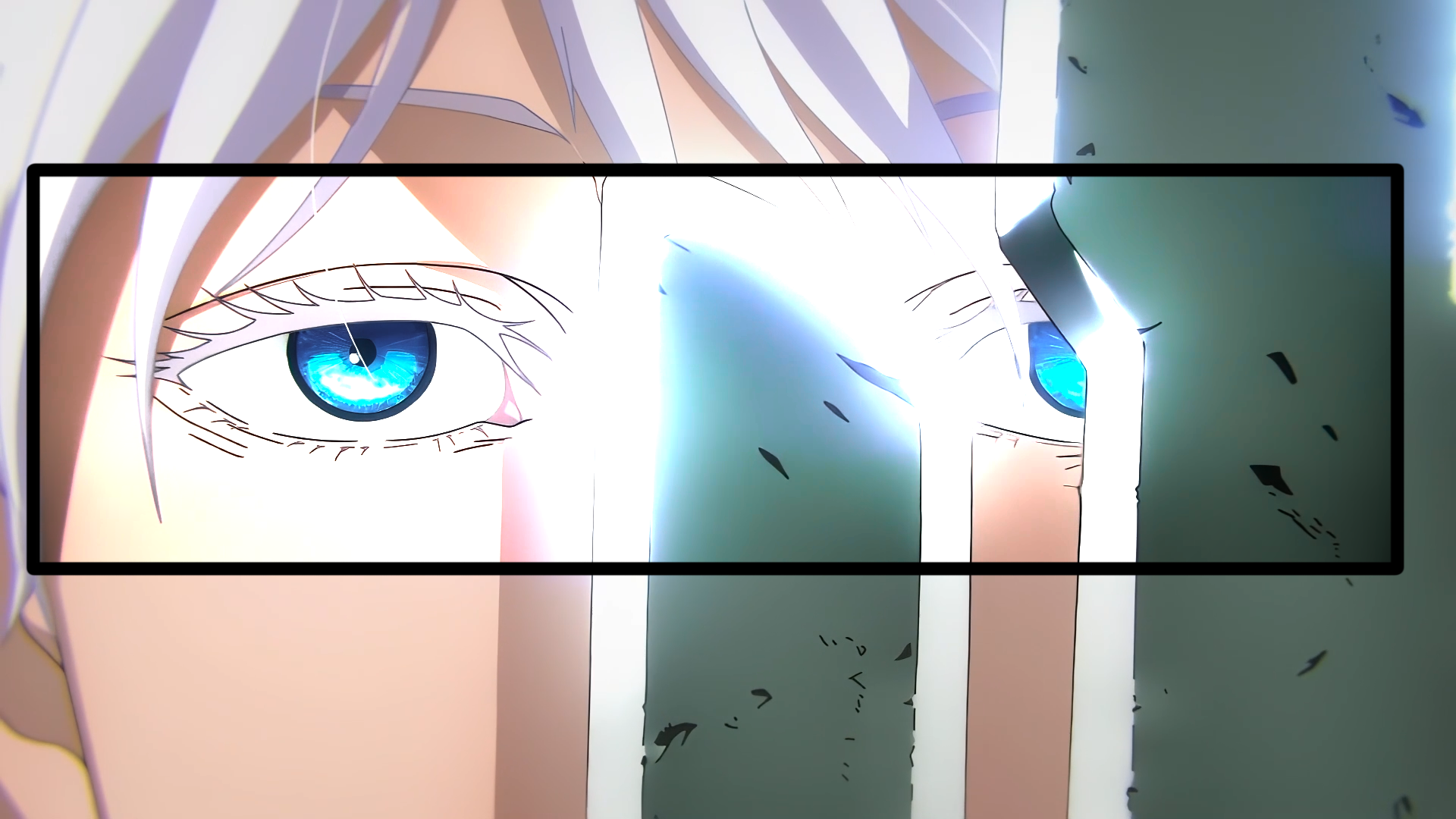
- Color Correction as a Form of Art
Color correction ultimately is not a technical requirement; it is a form of art that enables editors to achieve their creative intent. From creating the appropriate mood of an anime sequence or refining a commercial’s visual quality, color correction makes sure each frame is part of the narrative. By controlling the process of color correction, editors have the potential of developing visually appealing, professional-grade material that speaks to audiences. To anyone involved in the art of video production, knowing the extent of color correction is the key to creating the intended impression and elevating the work into something greater.

